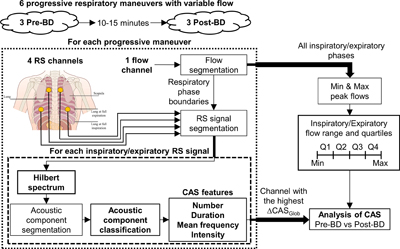Raimon Jane
Group leader
The Congress of the Spanish Society of Biomedical Engineering brings together more than 200 researchers with the slogan “For a Personalised and Universal Health”
 Raimon Jané, President of the Spanish Society of Biomedical Engineering (SEIB), Group Leader of the Bioengineering Institute of Catalonia (IBEC) and CIBER-BBN, inaugurated the conference with the Health Minister of the Government of Cantabria, the Dean of the University of Cantabria, the Director of the Hospital and the President of the CASEIB2019 Organising Committee.
Raimon Jané, President of the Spanish Society of Biomedical Engineering (SEIB), Group Leader of the Bioengineering Institute of Catalonia (IBEC) and CIBER-BBN, inaugurated the conference with the Health Minister of the Government of Cantabria, the Dean of the University of Cantabria, the Director of the Hospital and the President of the CASEIB2019 Organising Committee.
A smartphone for detecting sleep apnea at home
 The Biomedical signal processing and interpretation group at the Institute for Bioengineering of Catalonia (IBEC) has developed a portable, cheap and non-invasive system to detect obstructive sleep apnea (OSA) at home, a disorder characterized by recurrent airflow cessation during sleep. Researchers propose a novel method consisting of analyzing acoustic signals recorded with a smartphone.
The Biomedical signal processing and interpretation group at the Institute for Bioengineering of Catalonia (IBEC) has developed a portable, cheap and non-invasive system to detect obstructive sleep apnea (OSA) at home, a disorder characterized by recurrent airflow cessation during sleep. Researchers propose a novel method consisting of analyzing acoustic signals recorded with a smartphone.
Sleeping, like breathing, is an action that we all undertake throughout our whole lives. Sleep, which represents more than 25% of our time, is the body’s natural state of rest and an important factor of self-regulation. However, several diseases can affect sleep quality, leading to symptoms of varying severity.
Raimón Jané at Cope radio talks about the smart telephone that monitors apnea
Raimón Jané interviewed at Cope radiostation to talk about the smartphone they developed in their research group that allows to diagnose apnea in an economic, reliable and non-invasive way, the sleep disorder is characterized by recurrent cessation of the flow of air during sleep.
IBEC celebrates COPD breakthroughs on World COPD Day
 IBEC’s Biomedical Signal Processing and Interpretation (BIOSPIN) group have published a paper with King’s College London that offers new techniques to monitor COPD patients by non-invasive methods.
IBEC’s Biomedical Signal Processing and Interpretation (BIOSPIN) group have published a paper with King’s College London that offers new techniques to monitor COPD patients by non-invasive methods.
COPD – chronic obstructive pulmonary disease – is a progressive lung condition with no cure in which the patient’s airways become narrowed. Together with other mechanical abnormalities, airways obstruction increases the load on the respiratory muscles. This, in combination with respiratory muscle weakness in COPD patients, increases load-capacity imbalance and contributes to breathlessness. The IBEC group’s paper elucidates a new way of assessing inspiratory muscle function using mechanomyography, a non-invasive measure of muscle vibration associated with muscle contraction, jointly with surface electromyography.
Non-invasive analysis technique contributes to a better understanding of COPD
 Some research published in PLOS ONE represents a new step towards translating IBEC’s basic research – specifically the novel signal processing and interpretation algorithms developed by Raimon Jané’s group – to clinical applications in hospitals.
Some research published in PLOS ONE represents a new step towards translating IBEC’s basic research – specifically the novel signal processing and interpretation algorithms developed by Raimon Jané’s group – to clinical applications in hospitals.
The group collaborated with the Hospital del Mar-IMIM in Barcelona to tackle the current lack of instruments for assessing respiratory muscle activation during the breathing cycle in clinical conditions.
Screening improvements for asthma and obstructive pulmonary disease patients
 Some IBEC research published in PlosOne offers a step towards better screening of patients with asthma and other sufferers of obstructive pulmonary diseases.
Some IBEC research published in PlosOne offers a step towards better screening of patients with asthma and other sufferers of obstructive pulmonary diseases.
The new integrated approach to continuous adventitious respiratory sound (CAS) analysis, developed by Raimon Jané’s Biomedical Signal Processing and Interpretation group within the framework of IBEC’s Joint Research Unit with the Institut d’Investigació Hospital Germans Trias i Pujol (IGTP), improves assessment in the clinic.
“Raimon Jané, president of the Sociedad Española de Ingeniería Biomédica”
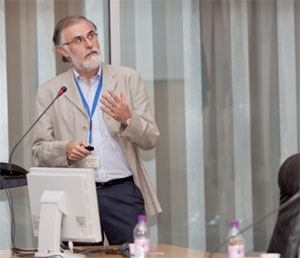 An interview with IBEC group leader Raimon Jané appears in the latest edition of CIBER-BBN’s newsletter.
An interview with IBEC group leader Raimon Jané appears in the latest edition of CIBER-BBN’s newsletter.


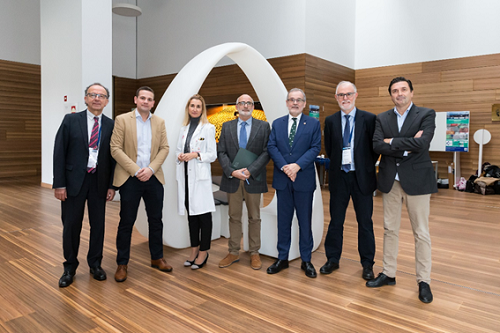
 Raimon Jané, President of the Spanish Society of Biomedical Engineering (SEIB), Group Leader of the Bioengineering Institute of Catalonia (IBEC) and CIBER-BBN, inaugurated the conference with the Health Minister of the Government of Cantabria, the Dean of the University of Cantabria, the Director of the Hospital and the President of the CASEIB2019 Organising Committee.
Raimon Jané, President of the Spanish Society of Biomedical Engineering (SEIB), Group Leader of the Bioengineering Institute of Catalonia (IBEC) and CIBER-BBN, inaugurated the conference with the Health Minister of the Government of Cantabria, the Dean of the University of Cantabria, the Director of the Hospital and the President of the CASEIB2019 Organising Committee.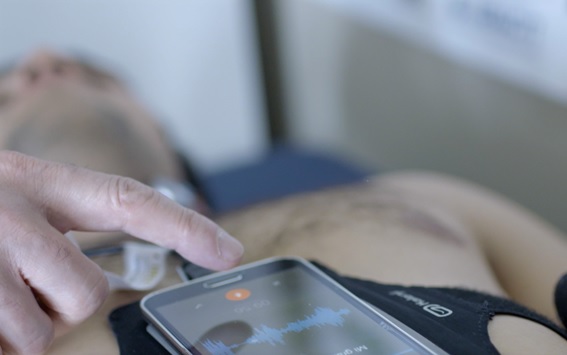
 The Biomedical signal processing and interpretation group at the Institute for Bioengineering of Catalonia (IBEC) has developed a portable, cheap and non-invasive system to detect obstructive sleep apnea (OSA) at home, a disorder characterized by recurrent airflow cessation during sleep. Researchers propose a novel method consisting of analyzing acoustic signals recorded with a smartphone.
The Biomedical signal processing and interpretation group at the Institute for Bioengineering of Catalonia (IBEC) has developed a portable, cheap and non-invasive system to detect obstructive sleep apnea (OSA) at home, a disorder characterized by recurrent airflow cessation during sleep. Researchers propose a novel method consisting of analyzing acoustic signals recorded with a smartphone.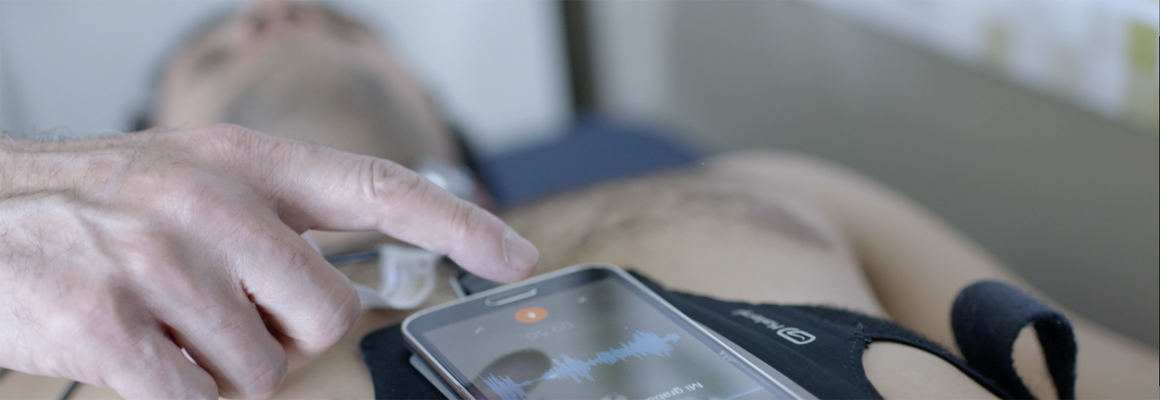

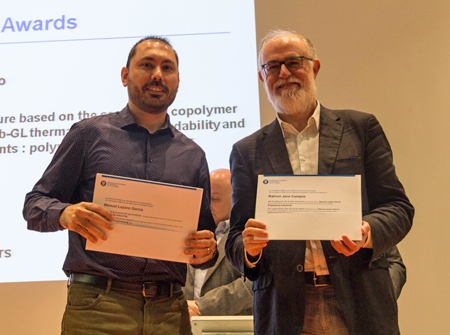 IBEC’s Biomedical Signal Processing and Interpretation (BIOSPIN) group have published a paper with King’s College London that offers new techniques to monitor COPD patients by non-invasive methods.
IBEC’s Biomedical Signal Processing and Interpretation (BIOSPIN) group have published a paper with King’s College London that offers new techniques to monitor COPD patients by non-invasive methods.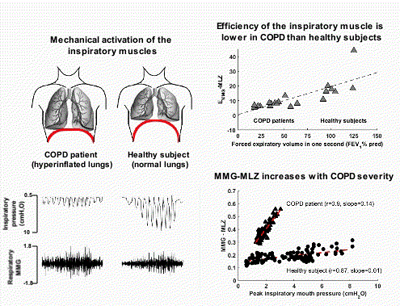
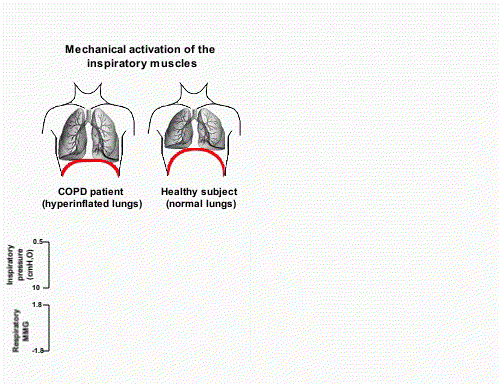 Some research published in PLOS ONE represents a new step towards translating IBEC’s basic research – specifically the novel signal processing and interpretation algorithms developed by Raimon Jané’s group – to clinical applications in hospitals.
Some research published in PLOS ONE represents a new step towards translating IBEC’s basic research – specifically the novel signal processing and interpretation algorithms developed by Raimon Jané’s group – to clinical applications in hospitals.